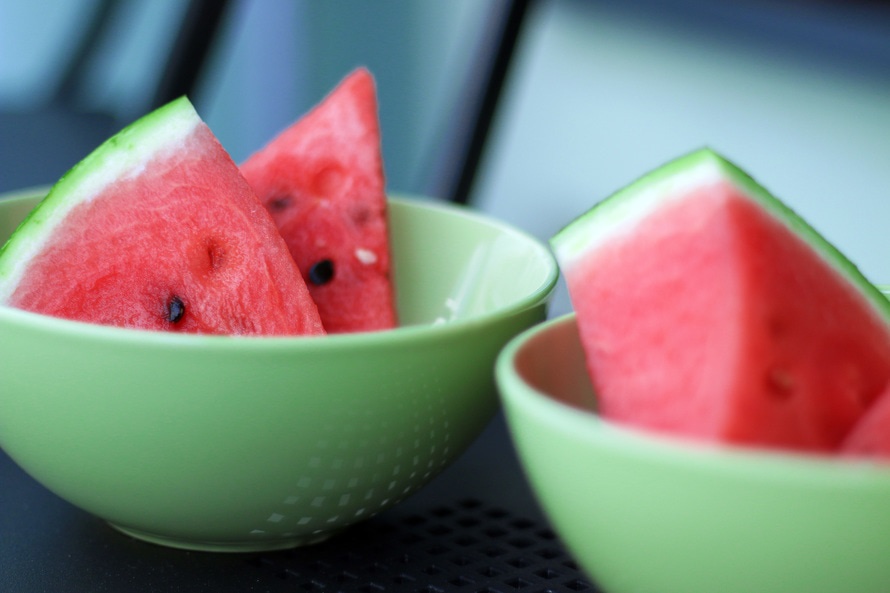
While doing research over the Christmas Holiday, I came across some disconcerting information on lead. My investigation was prompted by a love of vintage kitchen stuff and a question from a client on safe dinnerware for her RV. Many folks have opinions on what are the best dishes and glassware for RVs and homes. Often times this is based not on food and use safety but on travel breakage and convenience.
Plastic and disposable paper plates are loaded with chemicals that increase type 2 diabetes and metabolic syndrome. These chemicals are called xeno-estrogens, and they displace our endogenously produced hormones on cell receptor sites. But surely that isn’t the issue with our tried and true Corelle dishware? In truth, it isn’t just Corelle that has problems, for the sake of this article, I will limit our conversation to this manufacture.
According to the Corning has confirmed lead and cadmium in their dishware before 2005. In a statement to a customer question on safety and use of their vintage Corelle dinnerware circa 2000 (note: vintage is older than 20 years). A Corelle customer service representative replied with: “Prior to the 1990s, virtually all glass and ceramic ware made anywhere in the world contained Lead”. As of 2018, Corelle is now a market leader in creating lead-free dishware. That is great as long as you buy only the plain white dinnerware. Even though their new products do tend to be completely Lead-free, these products have been testing positive for Cadmium (in specific colors) – at levels that I would also consider potentially concerning, given Cadmium is a known carcinogen.
When we are looking at lead level safety, consider the following: 90 ppm is unsafe for children.
 Vintage dishes to replace due to lead and cadmium on the eating surface.
Vintage dishes to replace due to lead and cadmium on the eating surface.
Vintage Corelle with basket and flowers: 2,406 ppm lead, Vintage Cream: 28,500 ppm lead, 150 ppm cadmium, Pink Roses and Black Trim (c. 1990s) 3,536 ppm lead, + cadmium, Vintage Blue and Yellow Floral with Butterflies: 41,500 ppm lead, + cadmium, Spice and Leaf pattern: 42,900 ppm, cadmium 557 ppm, Maroon Flowers with Heart Petals: 20,300 ppm lead, + cadmium, Blue Snowflake Pattern: 7823 ppm lead, 69 ppm cadmium, Old Town Blue pattern c. 1972-1982: 18,200 ppm lead.
Franciscan Desert Rose China made in England: 47,800 ppm, Desert Rose earthware china c. 1941 Made in USA 122,200 ppm, Franciscan Ivy: 304,000 ppm lead
Johnson Bros. Willow pattern china post-1912: 43,100 ppm lead in glaze. Mill Stream ceramic ironstone plate: 54,700 ppm lead
Vintage Horizon Blue pattern Pyrex c. 1969-1972: 72,000 ppm lead, Orange Fiesta pattern c. 1971: 55,000 ppm lead, Glass Measuring cup c. 1994 Red lettering on the outside: 6,253 ppm lead. Now this one kills me as we have several in use daily in our home. Red Vintage Pyrex Food Storage Container with glass lid: 310,000 ppm lead, 14,200 ppm arsenic, 33,200 ppm cadmium. It is noteworthy that the lead is in the outer colored surface of these containers. Clear Glass Pyrex: lead-free
Vintage Brown Tupperware: Negative for lead, cadmium, mercury and arsenic, Yellow Tupperware: 2677 ppm cadmium, 15 ppm mercury, Green Tupperware: 2,780 ppm lead, 234 ppm arsenic.
Vintage Crown Corning made in Japan c. 1990s: 46 ppm of lead
Ok, now we are all ready to toss our dishes and start eating out of bread trenchers once more. How have so many generations passed without toxic levels of lead? They haven’t is part of the answer. Childhood mortality was enormous before the 1960s, so we have no way of knowing how many of the newborn to three-year-old children prior to the 1960s died because of heavy metal toxicity. The next part of the answer lies in vegetable consumption: especially garlic, cilantro, and flat-leaf parsley, blueberries, lemon water sea vegetables like dulse, cabbage, cauliflower, and Brussels sprouts, greens of all kinds and green tea, tomatoes and naturally fermented foods. All of these foods were eaten at much higher levels in 1900, then they are by modern industrial food consumers today.
Replace old dinnerware with certified lead and cadmium free dinnerware. There are quite a few American made dishes now available. HF Coors dinnerware, established in 1925, is a disabled-veteran-owned company and certified lead-free.
Eating our vegetables and fermented foods is vital to our health in every aspect. Second, clean house, save those vintage pieces that are important to your family, but reconsider their daily use, especially when children are eating.
Sources:
Check Out Our Online Course
Let’s Begin the Journey of a Lifetime!